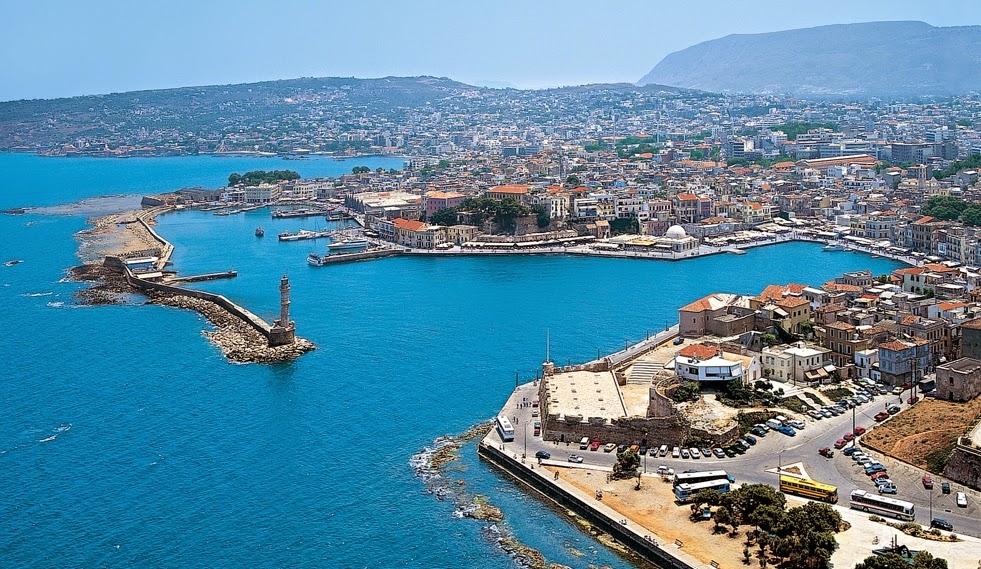Every year in April in celebration of St. George revives the unique tradition
of the blessing of sheep in the mountain community of Asi Gonia in Crete,
located in the limits of the counties of Chania and Rethymno.
Farmers
in the region consider Saint George to be their proterctor Saint and on feast
day they bring their flocks to the village church, which is located in the center
square. The
spectacle is impressive; as thousands of sheep trimmed with bells are lead to the
chapel ... the sound of the bells is really magic and reminds of ancient
ceremonies ... where they wait for the priest to bless them ... breeders milk the sheep
and generously share the milk to residents
and visitors.
Leading
down the flocks from their folds, no matter how far they may be, is tradition
and sheep gathered calculate at approximately 30.000. According to the residents
of Asi Gonia, the custom revived since the village existed and even themselves consider
unthinkable for the breeders not to bring their sheep for blessing.
Milking sheep symbolizes the solidarity which people must be with each
other, that is why and milk is distributed free to all. It
is said that it is actually a vow (tama) that have residents to St. George in expectation
and anticipation of protection from all evil.
On the feast day, the mountain community of Crete becomes a pole of attraction for visitors who arrive by any means even with organized trips to see up close this unique ritual ... The locals in traditional costumes offer Cretan rusks, while in the area traditional celebrations are held that introduce you to the genuine tradition, as this is kept alive, in the mountain villages of Crete.
(original greek text by Georgia Polaki -translated in English by Elisavet Lemoni)












